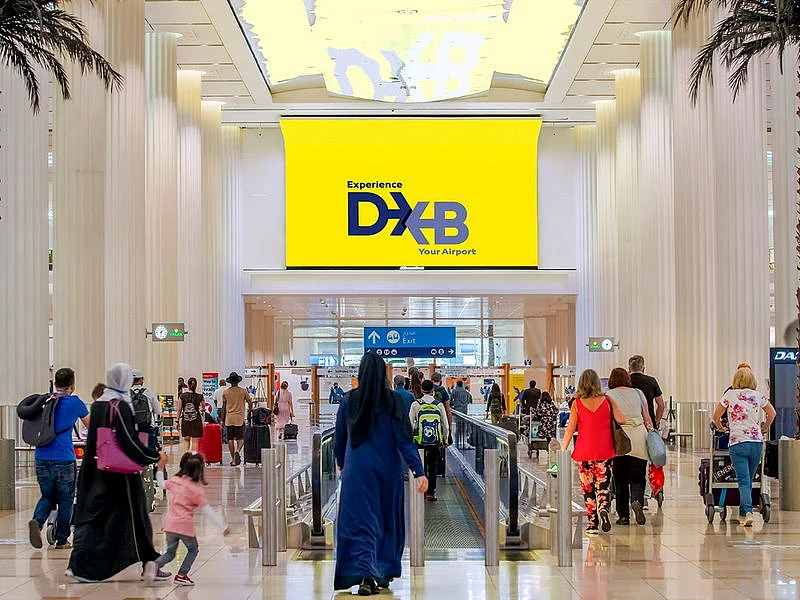No check‑in, no queues: Dubai Airports CEO reveals vision for fully contactless airports
Paul Griffiths: Airport must be a place of hospitality, a place of welcome for travellers

Dubai: The chief executive of Dubai Airports, operator of the world's busiest hub for international passenger traffic, has called for a fundamental shift in how airports are conceived and managed.
Speaking at Newsweek's inaugural New Destinations Travel and Tourism Summit, CEO Paul Griffiths outlined his vision for a future where the often-frustrating experience of air travel is significantly improved.
Griffiths stressed the need to "reimagine the airport experience," asserting that current models are outdated and ill-suited to the demands of modern travellers. He argued that airports should transition from being perceived as logistical bottlenecks to becoming welcoming gateways that prioritise passenger comfort and efficiency.
"People don't have the vision that an airport should be a place of hospitality… a place of welcome," he stated, highlighting the importance of the initial and final impressions for visitors arriving in and departing from a country.
Focus on improving passenger journey
With Dubai International Airport (DXB) having recently reported a record 92.3 million passengers in 2024, surpassing pre-pandemic levels, the focus is shifting increasingly towards sustainable growth and enhanced passenger experiences.
Griffiths has suggested a radical departure from the traditional mega-airport model, proposing the development of a network of approximately eight smaller airport facilities. These decentralised hubs would be interconnected by a high-speed rail system, allowing for a seamless transfer from urban centres directly to aircraft. Griffiths had shared these plans during the Arabian Travel Market in Dubai earlier this year.
Common pain points
This approach, he explained, aims to eliminate common pain points such as lengthy check-in queues and extensive terminal walking distances. "The worst nightmare is, if we're doubling the size of check-in, we're doubling the queues, we're doubling the walking distances,"
Griffiths said. "We don't want to build ever-bigger things; we want to build faster things with much better processing times."
Role of technology
Technology is set to play a pivotal role in this transformation. Dubai Airports is already exploring the potential of artificial intelligence (AI) to streamline operations across various touchpoints, including aircraft turnaround efficiency, security screening, and baggage handling. Griffiths expressed confidence in AI's ability to enhance accuracy and speed in these critical areas, ultimately leading to a less intrusive and more efficient experience for passengers.
While the long-term vision involves a potential shift towards decentralised airport infrastructure, the immediate focus remains on optimising the existing operations at DXB and the future expansion of Al Maktoum International Airport (DWC).
Griffiths emphasised that even amidst logistical challenges and regional airspace adjustments, the priority is to maintain smooth and seamless passenger flows.
Beyond operational efficiency, Griffiths underscored the importance of a hospitality-focused approach, advocating for treating each traveller as an individual and ensuring their journey through the airport is as comfortable and stress-free as possible
Network Links
GN StoreDownload our app
© Al Nisr Publishing LLC 2025. All rights reserved.